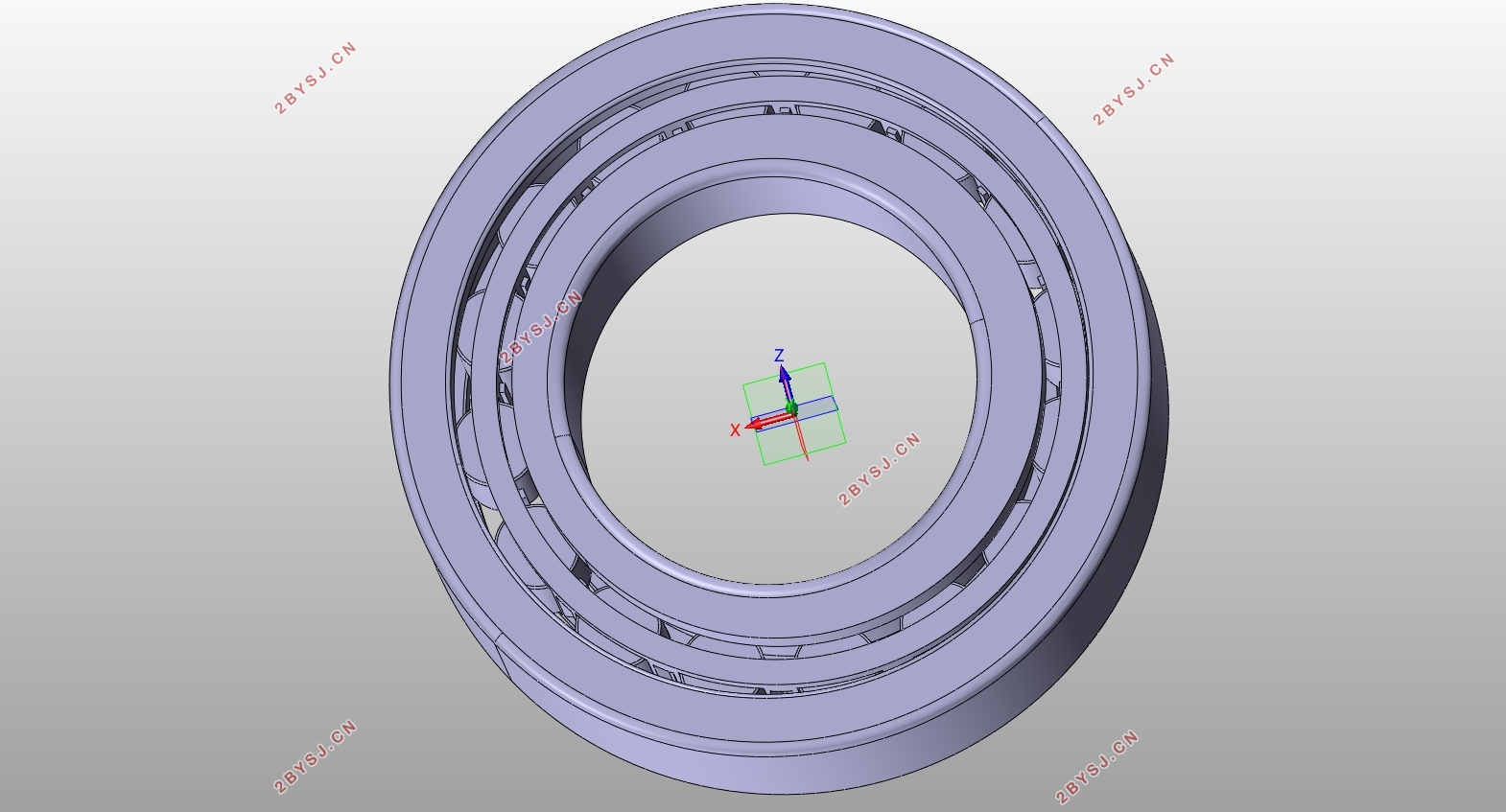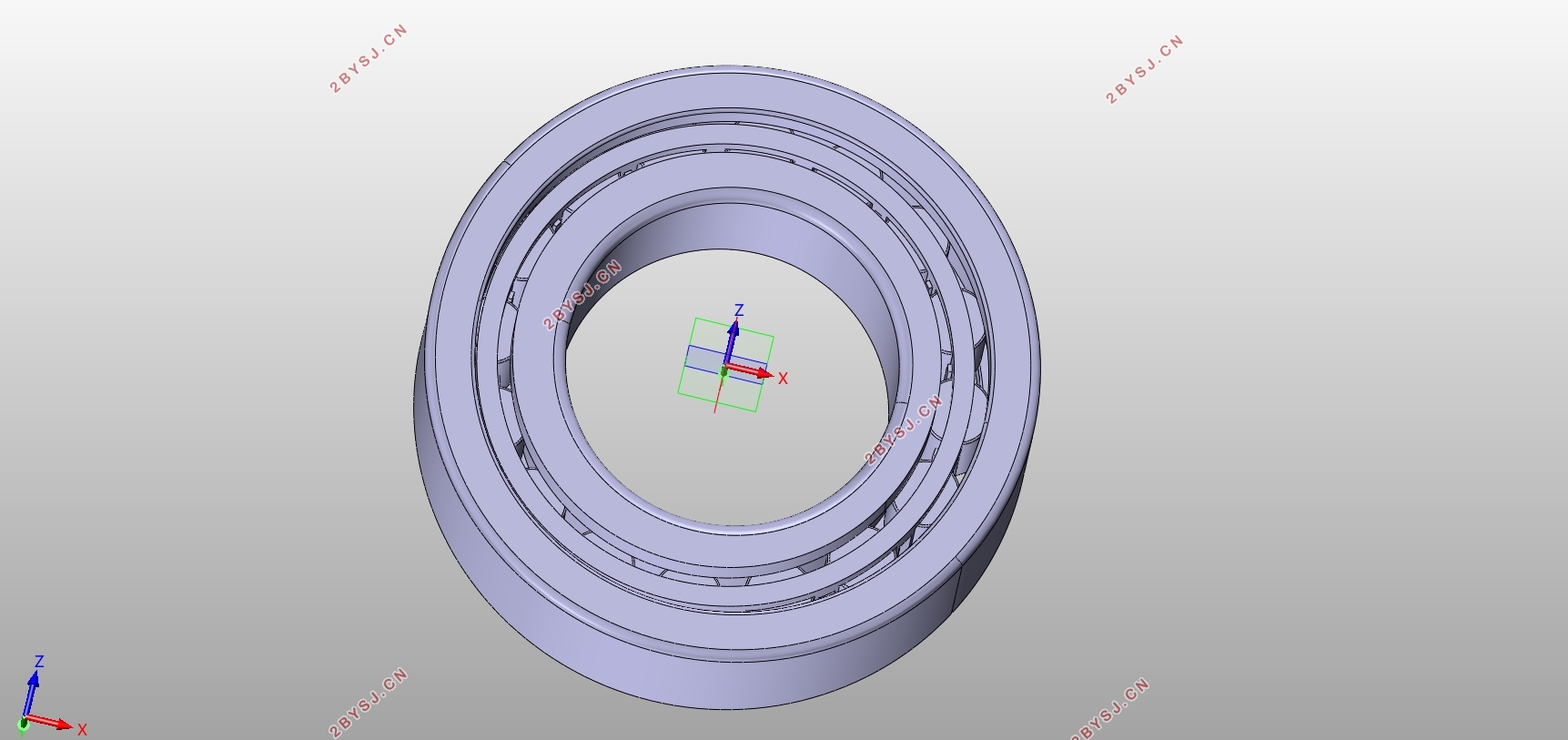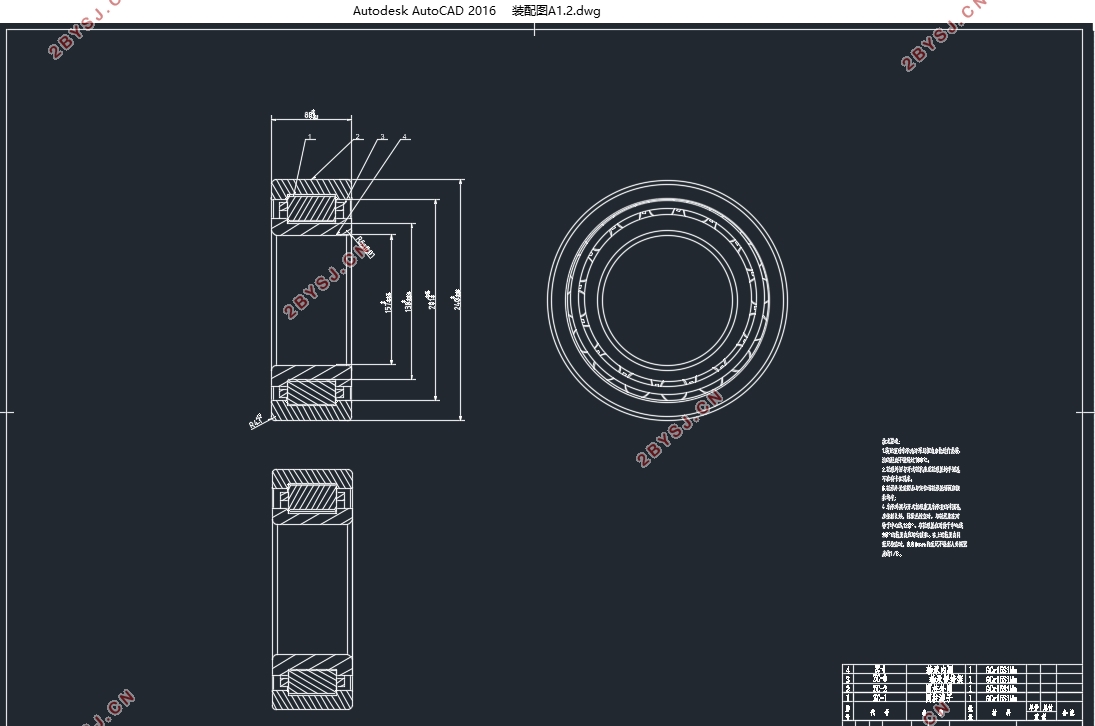轨道装备用轴承应力应变规律分析(含CAD图,CATIA三维图)
无需注册登录,支付后按照提示操作即可获取该资料.
轨道装备用轴承应力应变规律分析(含CAD图,CATIA三维图)(任务书,开题报告,文献摘要,外文翻译,计算说明书29000字,CAD图3张)
摘 要
在轴承的设计、分析过程之中,轴承的承载能力、预期寿命、疲劳破坏、刚度、振动与噪声等问题都与轴承的应力分布和变形状态密切相关。因此,通过接触分析,掌握轴承接触面的应力分布和变形特点为改进设计和加工工艺,提高轴承承载能力及可靠性提供了有效的理论依据。通过模拟轴承的应力应变规律,掌握其应力应变特点对轴承寿命估计、振动与噪声和故障诊断都具有重要的意义。
本文以通用有限元软件ABAQUS为主要工作平台,主要研究了具有滚道装配间隙和滚子数量、大小以及载荷和转速不同的力学特征。首先,建立了圆柱滚子轴承的有限元静力学模型,然后,通过改变不同参数在ABAQUS中就行有限元分析得出数据。
关键词:圆柱滚子轴承、模型、有限元分析
Abstract
During the design and analysis of bearings, the bearing's bearing capacity, life expectancy, fatigue failure, stiffness, vibration and noise are closely related to the stress distribution and deformation state of the bearing. Therefore, through contact analysis, grasping the stress distribution and deformation characteristics of the bearing contact surface provides an effective theoretical basis for improving the design and processing technology and improving bearing bearing capacity and reliability. By simulating the stress and strain laws of the bearing, it is of great significance to grasp its stress-strain characteristics for bearing life estimation, vibration and noise, and fault diagnosis.
In this paper, the general finite element software ABAQUS is used as the main working platform. The mechanical characteristics of the raceway assembly clearance, the number and size of the rollers, and the different loads and rotation speeds are mainly studied. First, the finite element static model of the cylindrical roller bearing was established, and then the data was obtained by changing the different parameters in the ABAQUS.
Key Words:Cylindrical roller bearings, dynamic analysis, finite element analysis






目 录
第1章 绪论 1
1.1研究背景 1
1.2国内外研究现状 2
1.2.1国内外轴承有限元分析发展 2
1.2.2润滑条件 2
1.2.3轴承接触问题 3
1.3本课题的研究内容及意义 4
1.3.1研究内容 4
1.3.2研究意义 5
1.4研究(设计)的基本内容、目标、拟采用的技术方案及措施 5
1.4.1研究基本内容 5
1.4.2研究目标 5
1.4.3研究采用的技术方案 5
1.4.4技术路线 6
1.5本章小结 7
第2章圆柱滚子轴承有限元模型的建立 8
2.1圆柱滚子轴承有限元模型建立 8
2.1.1圆柱滚子的设计及要求 9
2.1.2轴承外圈的设计及要求 10
2.1.3轴承内圈的设计及要求 11
2.1.4轴承保持架的设计及要求 13
2.1.5轴承装配设计 14
2.2有限元软件内设置 15
2.2.1材料属性设置 15
2.2.2分析步与输出设置 15
2.2.3 轴承动力学模型接触设置 15
2.2.4边界条件和加载方式 16
2.2.5模型网格划分 17
2.3本章小结 18
第3章 有限元软件的原理及参数设置 19
3.1ABAQUS原理 19
3.1.1ABAQUS的特点 19
3.1.2有限元求解方法 20
3.1.3显示动力学求解 20
3.1.4 ABAQUS单位制 21
3.1.5 ABAQUS模块及建模求解流程 22
3.1.6减缩积分与沙漏 22
3.2ABAQUS内参数设置 23
3.2.1质量缩放与单元尺寸选取 23
3.2.2 材料赋予设置 23
3.2.3装配设置 24
3.2.4设置分析步 24
3.2.5接触设置 24
3.2.6定义边界条件和施加载荷 26
3.2.7划分网格 26
3.3本章小结 26
第4章 数据分析 27
4.1载荷变化 29
4.2模量变化 32
4.3摩擦系数改变 35
4.4杂质相对位移变化 38
4.5本章小结 41
总结与展望 42
总结 42
展望 43
参考文献 44
致谢 46
